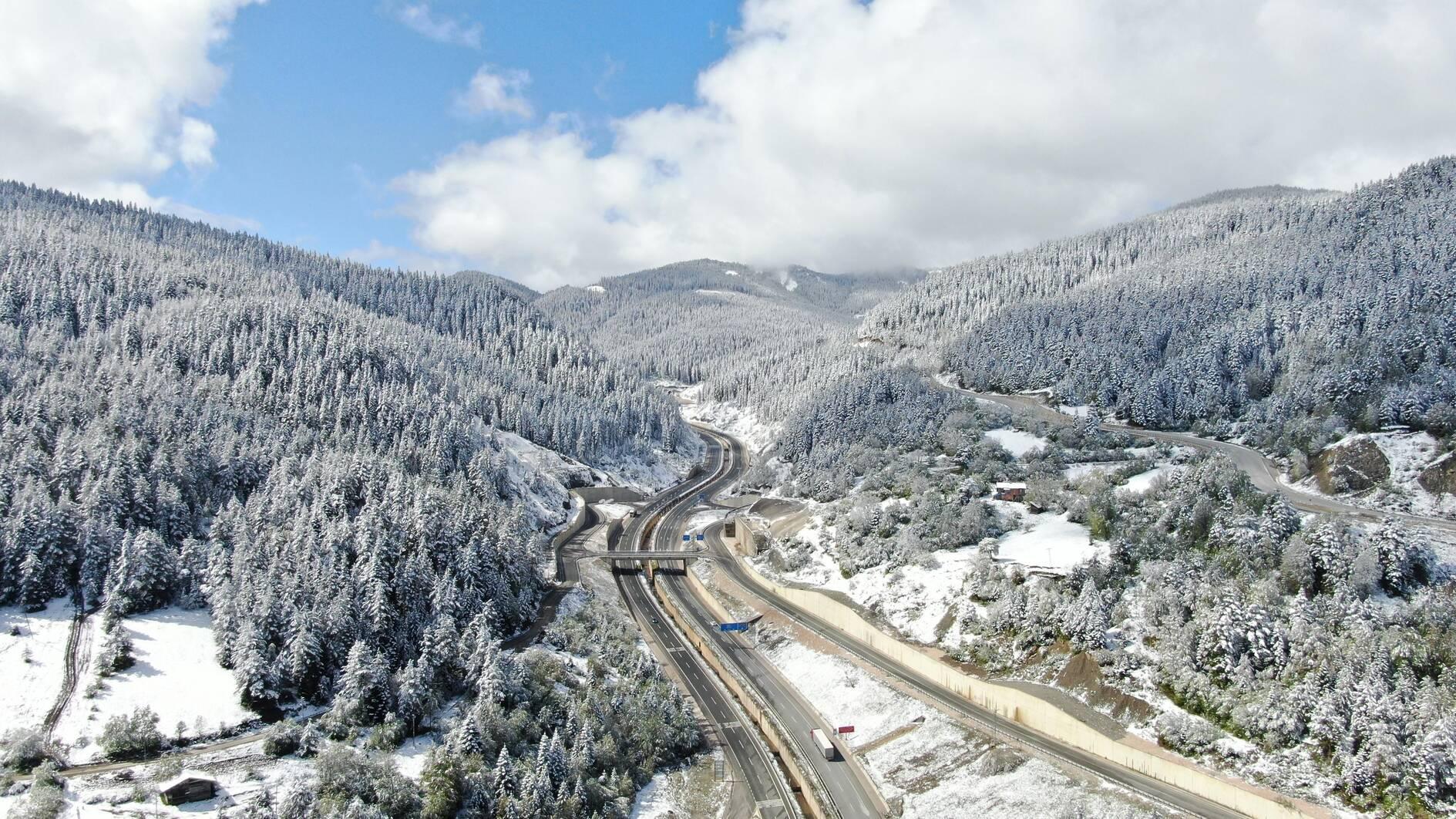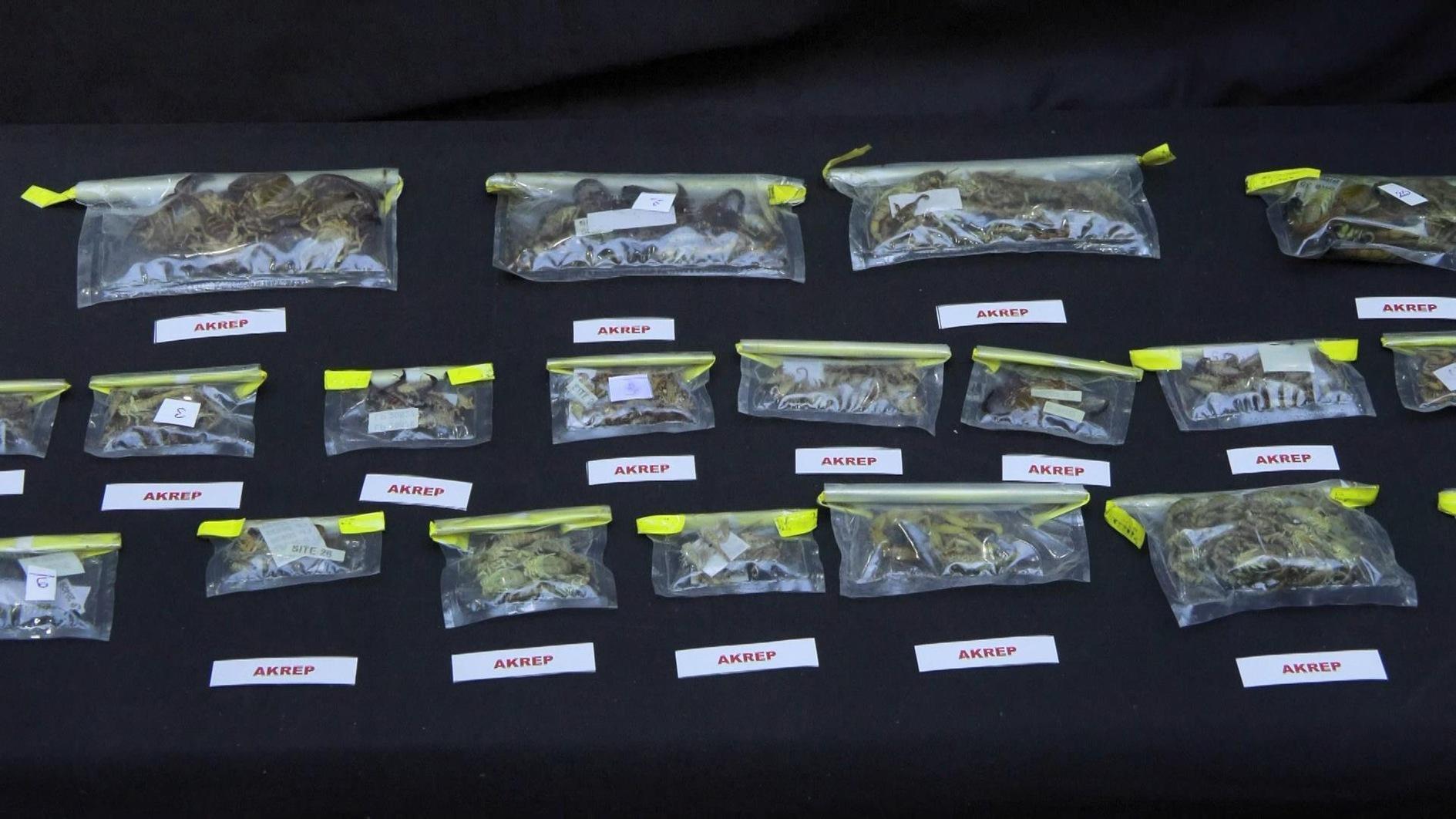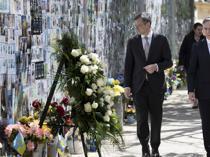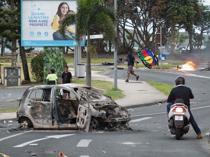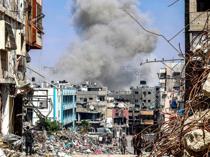Brazil calms after week of protests
SAO PAULO - The Associated Press

Demonstrators protest against corruption on Copacabana in Rio de Janeiro. AFP photo
After a week of protests at a frenetic pace, a restive calm settled over Brazil on June 23, though there were a few peaceful demonstrations against corruption.The protests that began more than a week ago in Sao Paulo quickly enveloped Brazil. A survey from the National Counties Federation said that every state in the nation had a protest of some sort in 438 counties.
About 4,000 people marched on a road along Rio de Janeiro’s Copacabana and Ipanema beaches, while a few hundred protested in the northeastern city of Fortaleza. No clashes were reported.
On June 22 a quarter-million Brazilians protested in more than 100 cities, but the gatherings were less violent than those seen earlier in the week.
First concrete response expected
The sudden explosion of discontent and the political awakening of Brazilians has left everyone from President Dilma Rousseff on down bewildered, creating uncertainty about what will come next in the nation that is now hosting the Confederations Cup football tournament and has a papal visit next month, the World Cup next year and the Summer Olympics in 2016.
The Globo TV network reported that the Rousseff government was expected to announce its first concrete response today: additional funds for a health care program that aims to train more doctors.
It’s clear that while the current fervor may calm down, Brazilians will use the big events as reasons to gather en masse and demand change. A new poll said 75 percent of citizens support the demonstrations. Published by the weekly magazine Epoca, the survey was carried out by the respected Ibope institute, which interviewed 1,008 people across the country June 16-20.
Despite the overwhelming support for the protests, 69 percent of respondents said they were satisfied with their lives and optimistic of the future. The nation has nearly full employment and has seen 40 million people move into its definition of middle class in the past decade.




